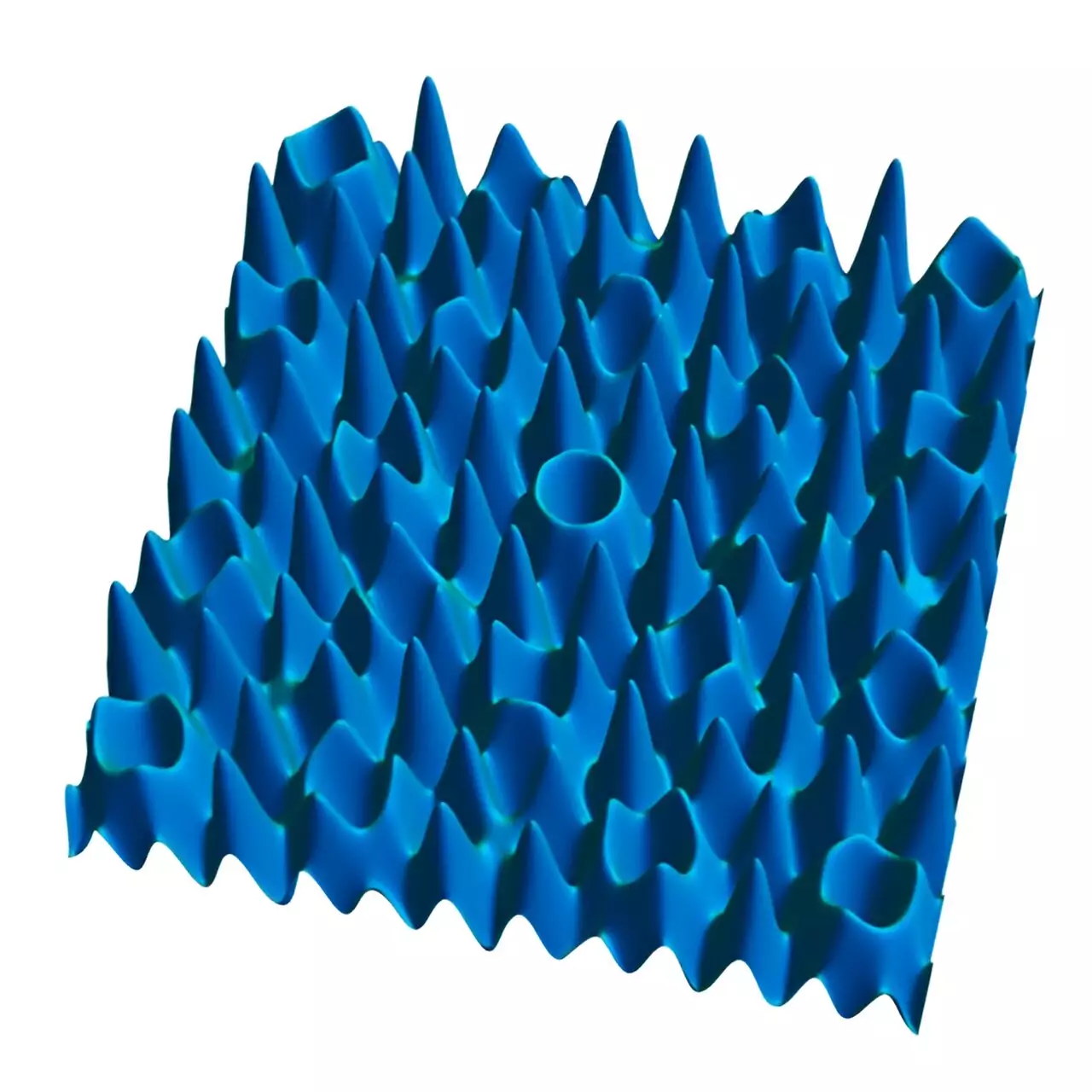In a groundbreaking study from the Cavendish Laboratory in Cambridge, physicists have successfully synthesized the first two-dimensional Bose glass, a highly intriguing phase of matter that presents a formidable challenge to the principles of statistical mechanics. Documented in the prestigious journal Nature, this research propels our understanding of condensed matter physics into uncharted territory. The Bose glass showcases unique properties reminiscent of glass, where particles are not free to mix but remain confined, leading to remarkable implications for both theoretical understanding and practical applications in quantum technologies.
The concept of localization in the Bose glass is particularly striking. Imagine stirring milk into a cup of coffee; the expected blending would yield a uniform brown. However, within the Bose glass, particles persist in their distinct configurations, akin to an unmixable coffee pattern. The study reveals that when this phase is created through a specific arrangement of superimposed laser beams—forming a quasiperiodic structure—ultracold atoms cool down to nearly absolute zero and find themselves in this localized state, remaining untouched by their neighboring atoms.
Professor Ulrich Schneider, who spearheaded the research, highlights the essential relationship between localization and quantum state preservation in the context of quantum computing. To date, large quantum systems have posed significant challenges due to their complexity and the vast number of interactions and states. Localization within the Bose glass offers a potential byte of hope. Because the particles do not intermingle, information stored could theoretically maintain its integrity far longer than in conventional systems, mitigating the issues tied to decoherence—the disruption that occurs when quantum information leaks into the environment.
Traditional statistical mechanics relies on averaging out details of a system once it achieves thermal equilibrium, a concept known as ergodicity. Schneider uses an analogy involving coffee to illustrate this: knowing the amount of milk is sufficient to predict a final average color. However, the Bose glass appears to defy this principle by resisting such averaging processes, thereby preserving its complex details. This non-ergodic state presents a new frontier for many-body localization research, igniting the fire of possibility for the future of quantum computing devices.
An intriguing aspect of the experimental findings is the precise phase transition observed between the Bose glass and its dual nature as a superfluid. Just as ice can transform into water upon heating, the study reveals that manipulation of certain parameters can induce a sharp transition from a localized state to a superfluid one. This fluid possesses remarkable properties; it lacks viscosity, allowing particles to flow within it without experiencing friction—an aspect that resonates deeply with the phenomenon of superconductivity.
Dr. Bo Song, a key contributor to the research, elucidates how superfluidity holds considerable relevance in modern physics. The interplay between different phases—like the Bose glass, superfluid, and other states established under the Bose-Hubbard model—provides a comprehensive framework to explore the characteristics of bosonic systems in varied conditions. The synchronization observed among these states highlights the depth of interplay between order and disorder in condensed matter physics.
As researchers embark on exploring the applications of the Bose glass, it remains crucial to maintain a vigilant stance towards the unanswered questions that still envelop this novel phase. Schneider emphasizes the imperative need for deeper understanding before venturing into the practical applications envisioned for quantum technologies. The potential for utilizing Bose glasses in the quest for stable and reliable quantum computers is tantalizing but fraught with challenges. Concepts like many-body localization could unveil pathways moving forward, yet thorough investigation into thermodynamic and dynamic properties could significantly shape future applications.
The creation of a two-dimensional Bose glass is not merely a scientific achievement but a gateway to rethinking how we approach quantum systems and their inherent complexities. The intricate relationship between localization, superfluidity, and many-body interactions open new vistas in quantum mechanics, paving the way for innovative technological advancements. The significance of this work extends beyond the laboratory; it heralds a future in which our grasp of fundamental physics may lead to revolutionary breakthroughs in computation and materials science. Scientific inquiry, while fostering excitement, must couple with prudence as we navigate the convoluted landscape of these uncharted dominions.


Leave a Reply